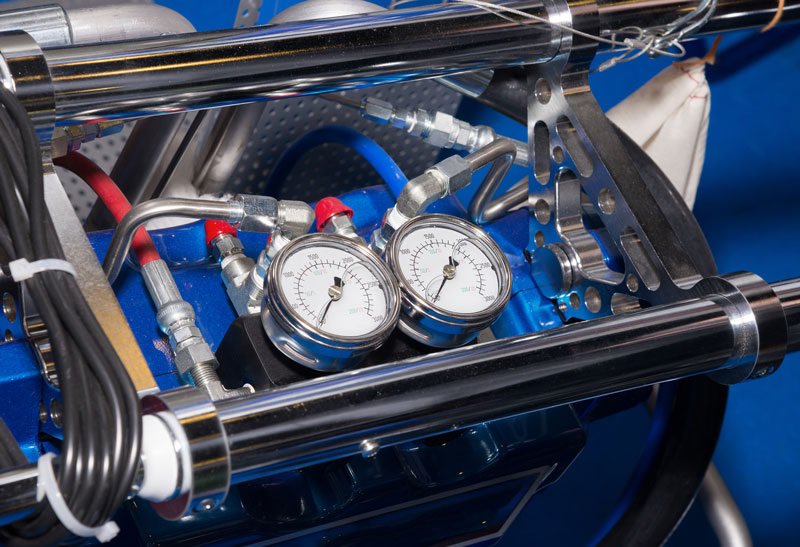By Rick Stasyshan and Ian Macleod, Compressed Air and Gas Institute

Compressed Air Best Practices® (CABP) Magazine recently caught up with Rick Stasyshan, Compressed Air and Gas Institute’s (CAGI) Technical Consultant, and Ian Macleod of the CAGI Centrifugal Compressor Section and member company Ingersoll Rand.
CABP: Gentlemen, thanks for the series of articles on centrifugal compressors. Why have you selected centrifugal compressor capacity controls for this interview, and can you give a brief introduction?
CAGI: CAGI and our centrifugal customers all share a common interest and goal — to maximize the compressor system efficiency and optimize the system energy usage. Since the capacity controls on a centrifugal compressor are a bit more complex than positive displacement types of compressors, consulting a factory-trained technician is always recommended. The members of the Centrifugal Compressor Section of CAGI can provide that assistance.
Centrifugal compressors are dynamic, and each has a characteristic curve of rising pressure as capacity decreases. Without any control system, the compressor would operate along this natural curve. A centrifugal compressor’s flow and pressure are typically controlled by a combination of an inlet control device and an unloading valve (UV).
CABP: Can you summarize how these devices work in combination to achieve the desired results and share what options might be available?
CAGI: Well, since a centrifugal compressor’s controls are a bit more complex, we will walk readers through the systems and the options available.
